Lionhead cichlid - Steatocranus casuarius
Scientific name: Steatocranus casuarius
Common name: Lionhead cichlid
Family: Cichlidae
Usual size in fish tanks: 10 - 12 cm (3.94 - 4.72 inch)
014
Recommended pH range: 6 - 8
Recommended water hardness: 8 - 18°N (142.86 - 321.43ppm)
0°C 32°F30°C 86°F
Recommended temperature range: 24 - 28 °C (75.2 - 82.4°F)
The way how these fish reproduce: Spawning
Where the species comes from: Africa
Temperament to its own species: peaceful
Temperament toward other fish species: peaceful
Usual place in the tank: Middle levels
Food and Feeding
The Lionhead Cichlid (Steatocranus casuarius) is an omnivorous species that thrives on a balanced diet of both plant-based and protein-rich foods. A high-quality diet ensures proper health and coloration. Their staple diet should consist of:
- High-quality flakes or sinking pellets: Specifically formulated for cichlids.
- Protein-based treats: Brine shrimp, bloodworms, chopped mussels, and cockles.
- Vegetable matter: Blanched spinach, zucchini, and spirulina-based foods.
Feed small portions twice a day to prevent overfeeding and maintain optimal water quality.
Origin
The Lionhead Cichlid is native to Africa, specifically found in the Congo River system. These fish inhabit fast-flowing waters with rocky substrates, making them well-adapted to strong currents and highly oxygenated environments.
Sexing
Sexing Steatocranus casuarius is relatively easy once they reach maturity:
- Males: Grow larger, develop a prominent nuchal hump (bulging forehead), and display darker coloration.
- Females: Smaller, lack the pronounced hump, and may have a more rounded belly.
Breeding
Lionhead Cichlids are cave spawners and form strong pair bonds, often pairing for life. To encourage breeding:
- Provide caves, plant pots, or hollow driftwood as spawning sites.
- The male digs a pit near the selected cave, where the female will lay up to 100 eggs.
- Both parents guard the eggs, which hatch in approximately 4 days.
- Fry become free-swimming after 5 days and should be fed newly hatched brine shrimp or powdered fry food.
This species exhibits strong parental care, with both parents actively protecting and guiding the fry.
Lifespan
With proper care, Lionhead Cichlids typically live between 5-8 years, although some specimens may exceed this lifespan in ideal conditions.
Tank Setup and Behavior
Steatocranus casuarius is a peaceful yet territorial cichlid that thrives in a well-structured aquarium. To replicate their natural habitat:
- Use fine sand or smooth gravel as the substrate.
- Provide plenty of hiding spots with rocks, driftwood, and caves.
- Ensure strong water flow and high oxygenation, as these fish originate from fast-moving waters.
- Keep stable water parameters with a pH of 6.0-8.0 and a temperature of 24-28°C (75.2-82.4°F).
They are social fish and should be kept in pairs or small groups. While peaceful, males may become territorial, especially during breeding.
Tank Mates
Although peaceful, Lionhead Cichlids should be housed with species that can tolerate strong water flow. Compatible tank mates include:
- Congo Tetras – Active, mid-level swimmers that thrive in similar conditions.
- Kribensis Cichlids – Peaceful dwarf cichlids with similar temperament.
- African Butterfly Fish – Surface dwellers that coexist well.
- Synodontis Catfish – Bottom dwellers that complement the setup.
Tank mates to avoid:
- Oscars – Too large and aggressive.
- Jewel Cichlids – Can become overly aggressive.
- Midas Cichlids – Highly territorial.
Recommended Plants
While Lionhead Cichlids prefer rocky setups, adding plants enhances the tank’s aesthetics and provides additional cover. Suitable plants include:
- Anubias – Hardy and attaches well to driftwood.
- Java Fern – Thrives in moderate lighting.
- African Water Fern – Perfect for fast-flowing environments.
Short Description
The Lionhead Cichlid (Steatocranus casuarius) is a peaceful, bottom-dwelling cichlid known for its distinctive nuchal hump and fascinating behaviors. Native to the Congo River, these fish prefer fast-moving, well-oxygenated waters and thrive in rocky setups with ample hiding spots. They form strong pair bonds, are easy to breed, and exhibit excellent parental care, making them a favorite among aquarists looking for a unique and interactive fish.
Pictures
Bought by aqua-fish.net from jjphoto.dk.
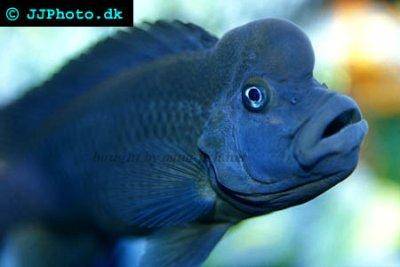



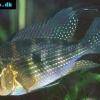 Thread-finned
Thread-finned 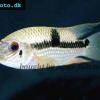 Acara
Acara 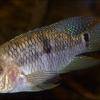 Yellow
Yellow 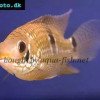 Patrick's
Patrick's 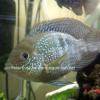 Blue
Blue 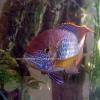 Green
Green 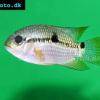 Acara
Acara 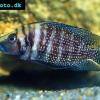 White
White 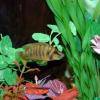 Compressed
Compressed 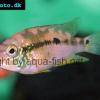 Pastel
Pastel 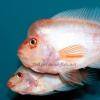 Midas
Midas 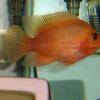 Red
Red 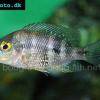 Bluemouth
Bluemouth 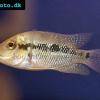 False
False 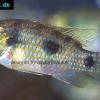 African
African 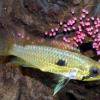 Agassiz's
Agassiz's 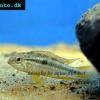 Banded
Banded 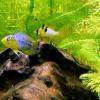 Yellow
Yellow 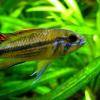 Cockatoo
Cockatoo 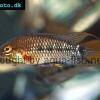 Blue
Blue 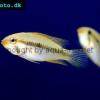 Blackstripe
Blackstripe 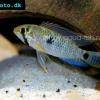 Highfin
Highfin 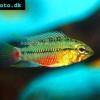 Redstripe
Redstripe 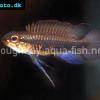 Threadfinned
Threadfinned 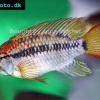 Macmaster’s
Macmaster’s 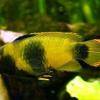 Panda
Panda 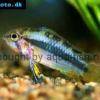 Norbert’s
Norbert’s 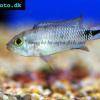 Blue
Blue 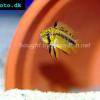 Thin-line
Thin-line 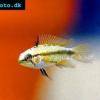 Three-striped
Three-striped 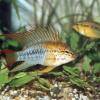 Viejita
Viejita 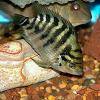 Flier
Flier  Archocentrus
Archocentrus 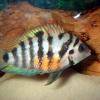 Convict
Convict 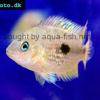 Seven
Seven 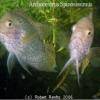 Spiny
Spiny 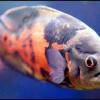 Oscar
Oscar 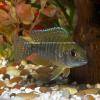 Sunshine
Sunshine 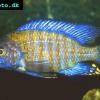 Chitande
Chitande 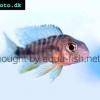 Firebird
Firebird 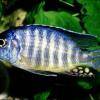 Midnight
Midnight 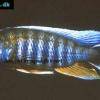 Lake
Lake 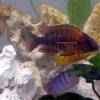 Sunshine
Sunshine 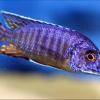 Aulonocara
Aulonocara 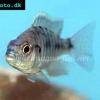 Nyasa
Nyasa 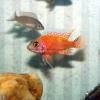 Ruby
Ruby 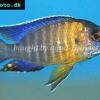 Grants
Grants 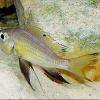 Aulonocranus
Aulonocranus 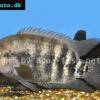 Chameleon
Chameleon 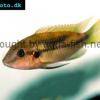 Benitochromis
Benitochromis 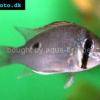 Orinoco
Orinoco 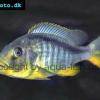 Yellow
Yellow 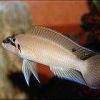 Brichard’s
Brichard’s 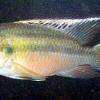 Guenther’s
Guenther’s 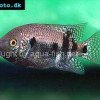 Southern
Southern 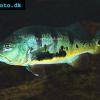 Cichla
Cichla 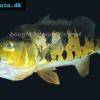 Peacock
Peacock 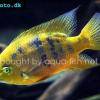 Chiseltooth
Chiseltooth 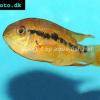 Bolivian
Bolivian 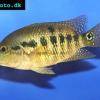 Red
Red 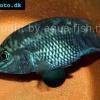 Many-pointed
Many-pointed 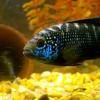 Jack
Jack 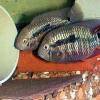 Red
Red 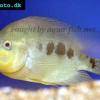 Three
Three 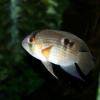 Keyhole
Keyhole 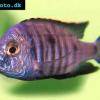 Azureus
Azureus 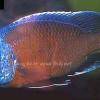 Red
Red 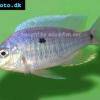 Jackson’s
Jackson’s 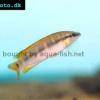 Crenicichla
Crenicichla 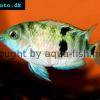 Honduran
Honduran 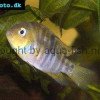 Blue-eye
Blue-eye 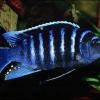 Afra
Afra 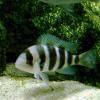 Frontosa
Frontosa 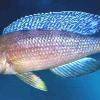 Slender
Slender 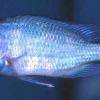 Malawi
Malawi 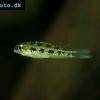 Chequerboard
Chequerboard 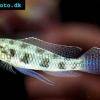 Checkerboard
Checkerboard 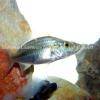 Malawi
Malawi 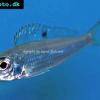 Ectodus
Ectodus 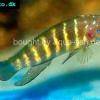 Tanganyika
Tanganyika 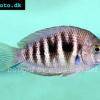 Canara
Canara 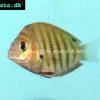 Green
Green 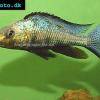 Rostratus
Rostratus 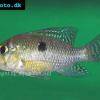 Pearl
Pearl 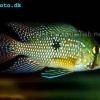 Geophagus
Geophagus 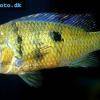 Yellowhump
Yellowhump 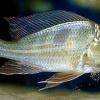 Suriname
Suriname 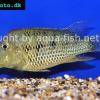 Redhump
Redhump 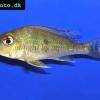 Red
Red 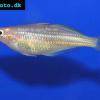 Dority’s
Dority’s 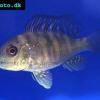 Argentine
Argentine 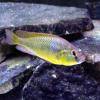 Burton’s
Burton’s 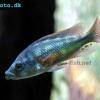 Victoria
Victoria 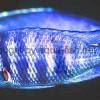 Haplochromis
Haplochromis 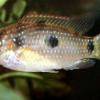 Jewel
Jewel 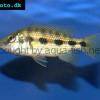 Banded
Banded 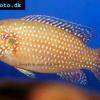 Lifalili
Lifalili 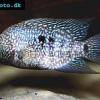 Lowland
Lowland 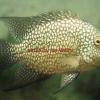 Texas
Texas 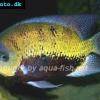 Pantano
Pantano 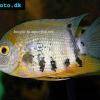 Severum
Severum 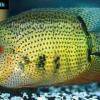 Banded
Banded 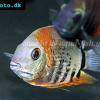 Severum
Severum 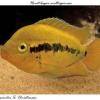 Rainbow
Rainbow 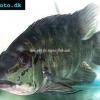 Parrot
Parrot 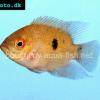 Chocolate
Chocolate 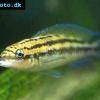 Brown
Brown 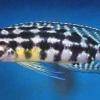 Marlieri
Marlieri 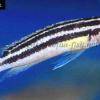 Golden
Golden 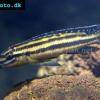 Striped
Striped 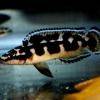 Masked
Masked 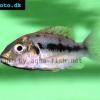 Konye
Konye 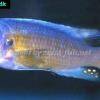 Blue
Blue 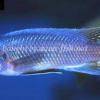 Trewavas
Trewavas 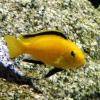 Electric
Electric 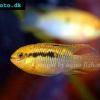 Dwarf
Dwarf 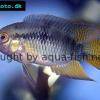 Redbreast
Redbreast 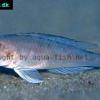 Lamprologus
Lamprologus 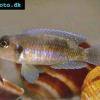 Gold
Gold 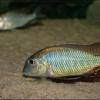 Greenface
Greenface 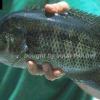 Mayan
Mayan 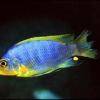 Aurora
Aurora 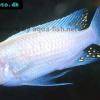 Blue
Blue 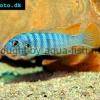 William’s
William’s 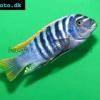 Zebra
Zebra 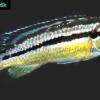 Malawi
Malawi 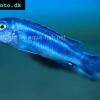 Blue
Blue 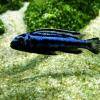 Blue
Blue 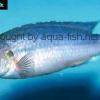 Mbuna
Mbuna 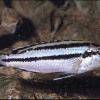 Parallel
Parallel 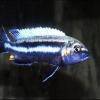 Purple
Purple 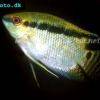 Flag
Flag 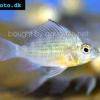 Bolivian
Bolivian 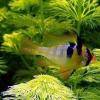 Ram
Ram 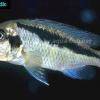 Basket
Basket 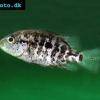 Haitian
Haitian 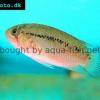 Zebra
Zebra 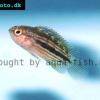 Striped
Striped 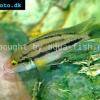 Neolamprologus
Neolamprologus 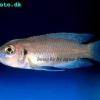 Brevis
Brevis 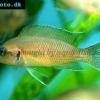 Fairy
Fairy 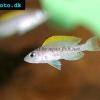 Neolamprologus
Neolamprologus 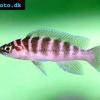 Cylindricus
Cylindricus 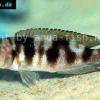 Hecq’s
Hecq’s 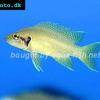 Neolamprologus
Neolamprologus 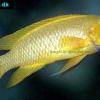 Lemon
Lemon 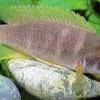 Mustax
Mustax 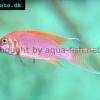 Daffodil
Daffodil 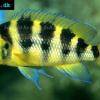 Six-bar
Six-bar 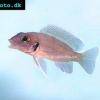 Five-bar
Five-bar 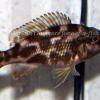 Marbled
Marbled 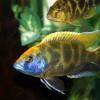 Giraffe
Giraffe 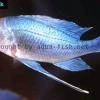 Blue
Blue 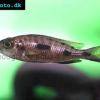 Sulphurhead
Sulphurhead 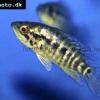 Wolf
Wolf 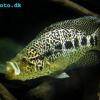 Jaguar
Jaguar 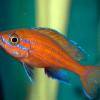 Blue
Blue 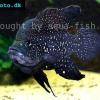 Marakeli
Marakeli 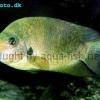 Madagascar
Madagascar 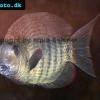 Pinstripe
Pinstripe 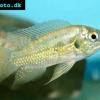 Pelmatochromis
Pelmatochromis 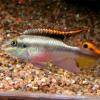 Kribensis
Kribensis 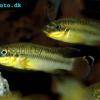 Striped
Striped 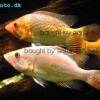 Red
Red 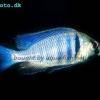 Deepwater
Deepwater 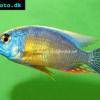 Fenestratus
Fenestratus 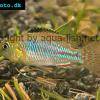 Nichols’
Nichols’ 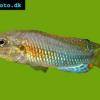 Southern
Southern 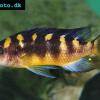 Bumble
Bumble 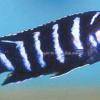 Demason’s
Demason’s 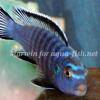 Slender
Slender 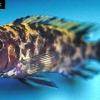 Red
Red 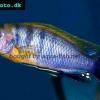 Mbuna
Mbuna 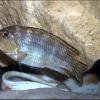 Malawi
Malawi 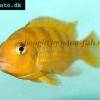 Kenyi
Kenyi 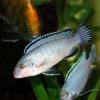 Powder
Powder 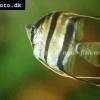 Altum
Altum 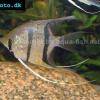 Angelfish
Angelfish 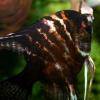 Angelfish
Angelfish 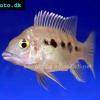 East
East 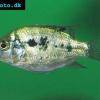 Juba
Juba 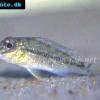 Earth
Earth 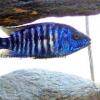 Electric
Electric 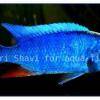 Azure
Azure 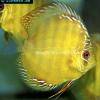 Discus
Discus 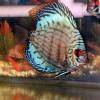 Blue
Blue 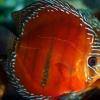 Red
Red 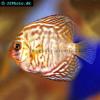 Zebra
Zebra 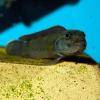 Brichard’s
Brichard’s 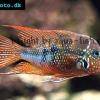 Blue
Blue 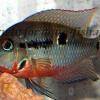 Firemouth
Firemouth 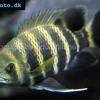 Zebra
Zebra 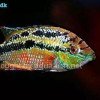 Yellow
Yellow 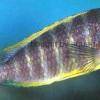 Blue
Blue 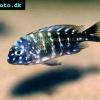 Dwarf
Dwarf  Blunthead
Blunthead 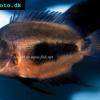 The
The 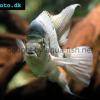 White
White 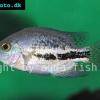 Twoband
Twoband 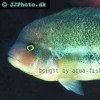 Fenestratus
Fenestratus 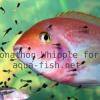 Window
Window 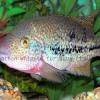 Tailbar
Tailbar 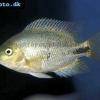 Black
Black 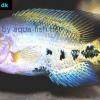 Redhead
Redhead 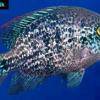 Oaxaca
Oaxaca 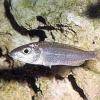 Xenotilapia
Xenotilapia